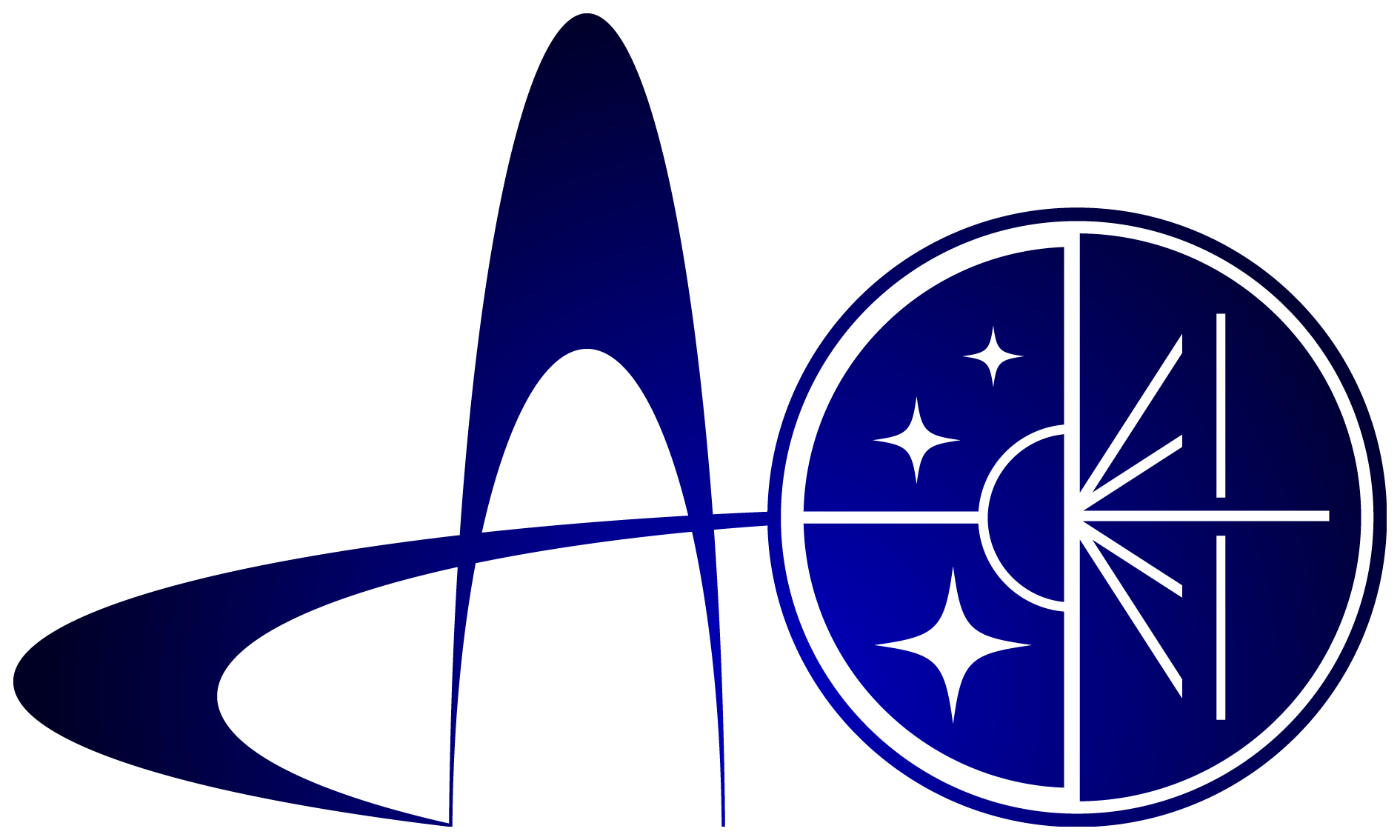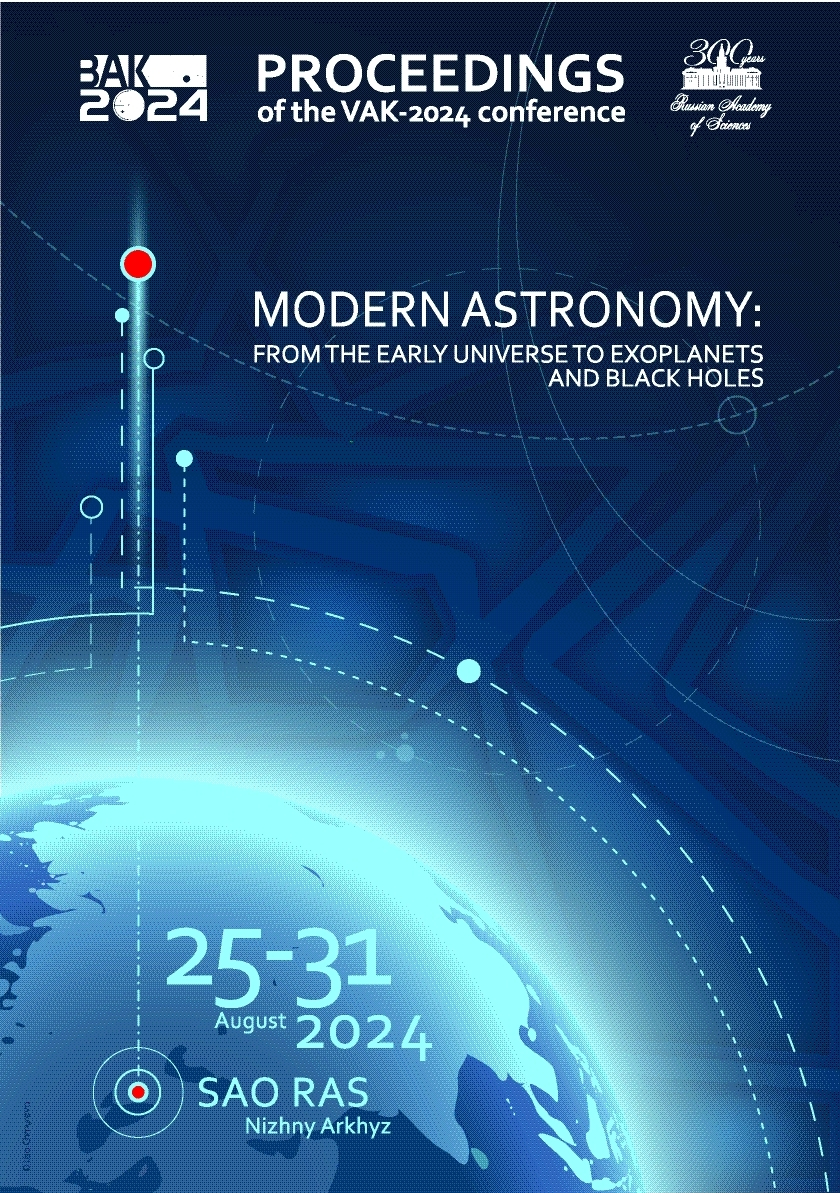UDC 53
UDC 520
UDC 521
UDC 523
UDC 524
UDC 52-1
UDC 52-6
CSCSTI 41.00
CSCSTI 29.35
CSCSTI 29.31
CSCSTI 29.33
CSCSTI 29.27
CSCSTI 29.05
Russian Classification of Professions by Education 03.06.01
Russian Classification of Professions by Education 03.05.01
Russian Classification of Professions by Education 03.04.03
Russian Library and Bibliographic Classification 2
Russian Library and Bibliographic Classification 223
Russian Trade and Bibliographic Classification 614
Russian Trade and Bibliographic Classification 6135
BISAC SCI004000 Astronomy
BISAC SCI005000 Physics / Astrophysics
A search for asteroid families was performed in the Hungaria group. Proper elements needed for this procedure were calculated by the empirical method using distributions of osculating elements. All, more than 30000 multi-opposition asteroids, discovered in this region to date, were used for this aim. An approach similar to the hierarchical clustering method was applied for the identification of families. As a result, two asteroid families were found: 434 Hungaria and 3854 George. 434 Hungaria family is a well known one, it includes a large fraction of asteroids in this region. A new family 3854 George was identified in the high inclination region $24^{\circ}$–$26^{\circ}$. It is composed by small asteroids with diameters less than 1 km and includes about 400 members now.
celestial mechanics; asteroids: general, minor planets; individual: 434 Hungaria, 3854 George
1. Kozai Y., 1962, Astronomical Journal, 67, p. 591
2. Lidov M., 1962, Planetary and Space Science, 9, 10, p. 719
3. Vinogradova T., 2019, Monthly Notices of the Royal Astronomical Society, 484, p. 3755
4. Zappalà V., Cellino A., Farinella P., et al., 1990, Astronomical Journal, 100, p. 2030





